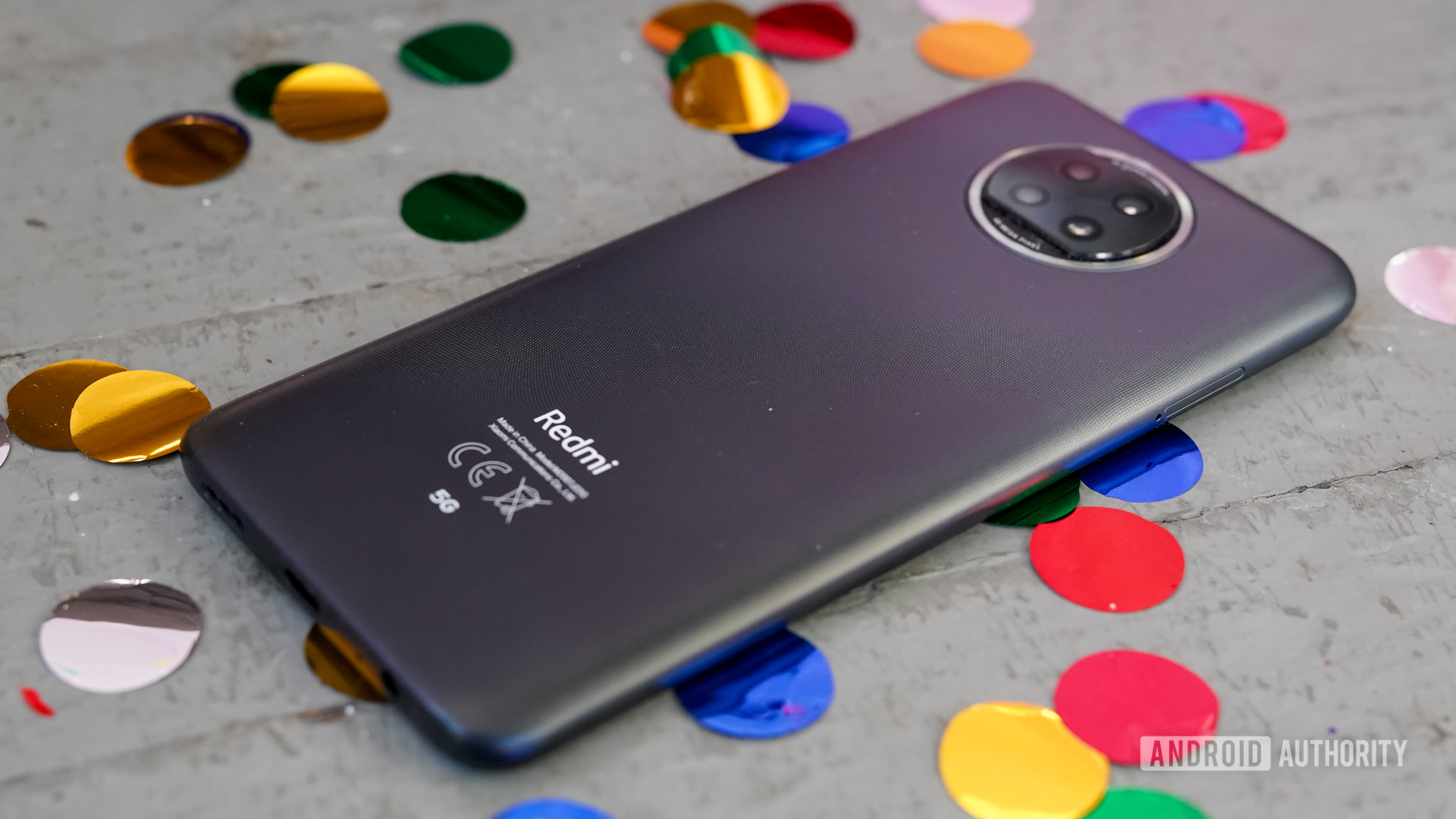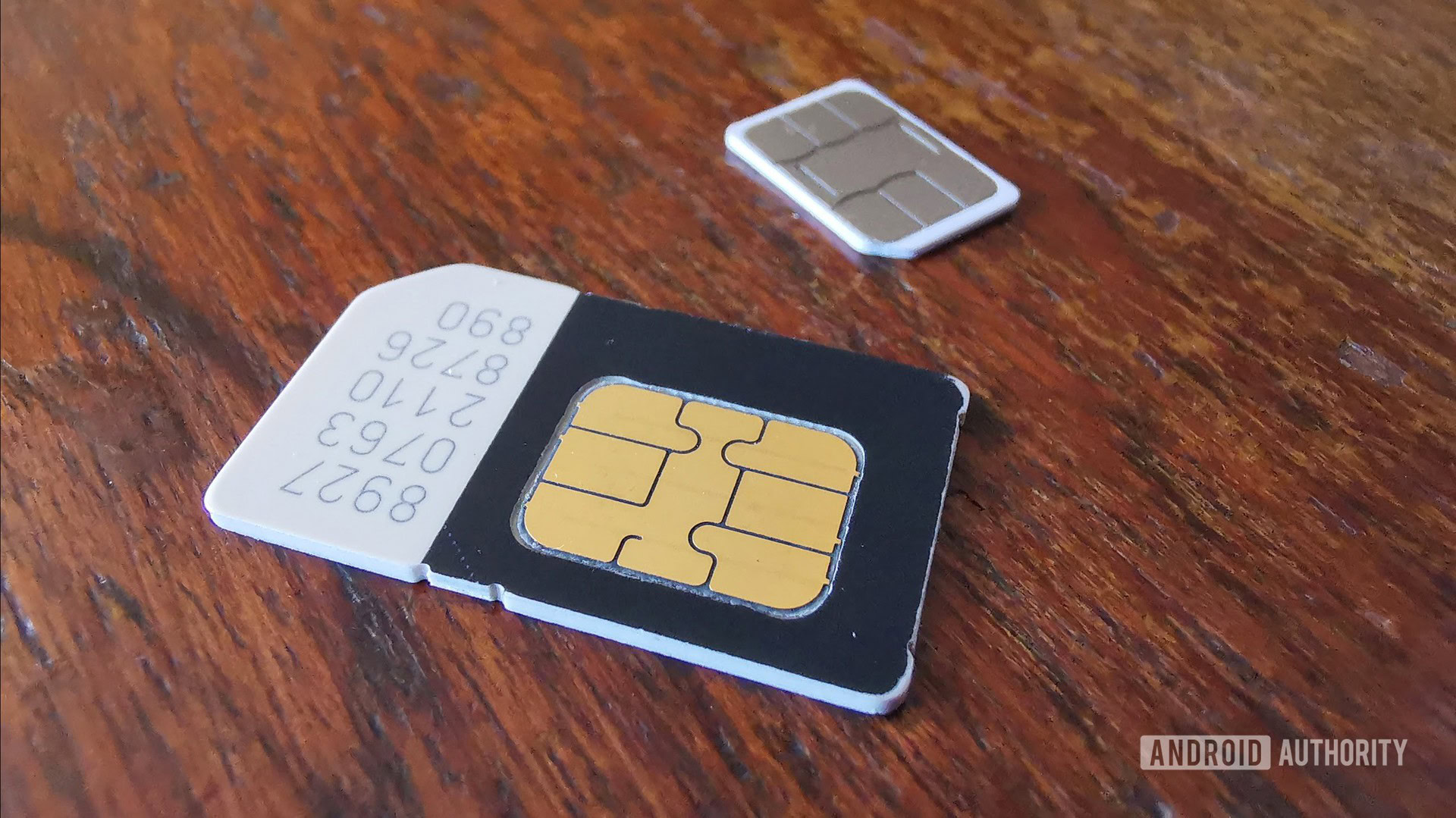Affiliate links on Android Authority may earn us a commission. Learn more.
Dual SIM 5G phones: What's the deal with 5G+5G technology?

Dual SIM technology is expected in many phones these days, owing to its sheer variety of use cases. A dual SIM phone allows you to easily take advantage of data/texting/calling promotions on various networks, it lets you use a foreign SIM when traveling without having to give up your local SIM, and you can have separate business/personal numbers on one phone.
The technology is maturing with the advent of 5G too, and the first dual SIM 5G phones (5G+5G) have already launched. Here’s what you should know about the feature.
5G+5G dual SIM explained
Dual-SIM 5G (or 5G+5G dual SIM as an alternative term) simply refers to the ability to use two 5G SIMs in the same phone, being able to connect to two different 5G networks without physically swapping out SIM cards. We’ve also heard of “5G multi-SIM” being thrown around, but this generally applies to 5G+4G dual SIM phones at the moment.
In any event, dual SIM 5G phones aren’t very common right now. In fact, very few phones support it.
Supported dual SIM 5G phones

There are several phones available globally that offer 5G+5G dual SIM technology, and these are largely budget entries. One of the more notable devices is the Redmi Note 9T, coming in at just €230 (~$273) and available in Europe, South Africa, and several other locales. Another noteworthy device in this regard is the Rs 16,999 (~$226) realme Narzo 30 Pro, available in India and a few other markets.
We’ve also seen a few more higher-end devices get dual-SIM 5G capabilities, such as the Rs 29,999 (~$400) realme X7 Pro and the 2,198 yuan (~$336) Iqoo Z1. But the latter is limited to China, unfortunately.
Either way, there’s a decent chance your region has a 5G+5G dual SIM phone available to purchase. Well, unless you’re in the US.
Which chipmakers support dual SIM 5G?
MediaTek fired off the first shot by supporting dual-SIM 5G on its Dimensity 1000/1000 Plus flagship silicon as well as the Dimensity 820 chipset. It’s since expanded this support to budget chipsets like the Dimensity 800U and Dimensity 700, in addition to its latest flagship processors (Dimensity 1200 and 1100).
The Taiwanese chip designer doesn’t support dual-SIM 5G throughout its Dimensity range though, as the Dimensity 800 and Dimensity 720 don’t offer these capabilities.
Read: 5G is not going to microwave your brain — All the myths, debunked
Qualcomm doesn’t currently have 5G+5G dual-SIM support but confirmed to Android Authority last year that it was indeed working on the technology.
“Our plans are definitely to offer 5G+5G dual-SIM and VoNR coming up (sic),” Alex Katouzian, Qualcomm senior vice-president and general manager of mobile, told us in an interview in late 2020.
What did Qualcomm say about existing solutions?

Katouzian also questioned the feasibility of competing 5G+5G dual SIM solutions at the time of the interview, asserting that it requires Voice over NR (VoNR) tech, which in turn requires a standalone 5G network (as opposed to NSA 5G used everywhere today). Current 5G NSA networks only provide a 5G data connection to your handset, while calls fall back to 4G LTE. This will change with the future 5G SA network, where voice can be handled over the 5G pipe.
“But as of today, those networks don’t exist. So we do support 5G+4G dual SIM,” the Qualcomm representative stated at the time. “5G+5G dual-SIM, all that means is I get a 5G icon on one of the SIMs (sic). It’s not really VoNR.”
For what it’s worth, MediaTek’s 5G+5G dual-SIM solutions are listed as supporting VoNR technology and those future standalone 5G networks. So even though the networks still rely on legacy infrastructure to route calls (e.g. VoLTE), it certainly sounds like MediaTek-powered phones will be able to take advantage of the tech once standalone 5G networks are established.
Related: Snapdragon SoC guide: All of Qualcomm’s smartphone processors explained
In plain English, people buying a MediaTek phone with 5G+5G dual-SIM connectivity can still use 5G data on both SIMs. It’s just that calls will take place over 4G, which is what current 5G phones do right now anyway (regardless of whether they’re single or dual SIM). When the required infrastructure is in place for calls over 5G as Qualcomm envisions it, it looks like MediaTek phones with 5G+5G tech can hop aboard too.
Then again, people likely aren’t buying 5G phones because they were promised better voice calls. So does the argument matter when you’re connected to a real 5G network and getting those super-fast speeds?
MediaTek declined to respond to Qualcomm’s comments at the time but told Android Authority that its publicly shared information regarding 5G+5G dual-SIM remains accurate. Oddly enough, it now describes its Dimensity 1200 processor as “the first 5G chip to provide True Dual 5G SIM (5G SA + 5G SA).” This implies that its previous 5G+5G dual SIM functionality wasn’t technically “true” in some form, suggesting there may have been more merit to Qualcomm’s initial claim.
We previously asked HUAWEI regarding its plans for dual-SIM 5G technology and phones, but the company refused to comment. Samsung also declined to comment on its plans for dual SIM 5G support in Exynos chipsets when we asked the company last year.
The future of dual SIM 5G?
Qualcomm’s confirmation that it’s working on 5G+5G dual-SIM support means we should expect to see the tech in many more phones. After all, there aren’t many phones powered by MediaTek’s Dimensity chipsets right now. Unfortunately, none of the firm’s chipsets launched in late 2020 or early 2021 support this feature yet.
The US chip designer didn’t reveal a timeline for dual SIM 5G tech in its chipsets, but we’re guessing that we’ll need to wait until the second half of 2021 at the very least.